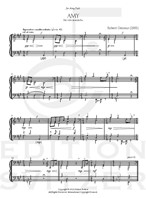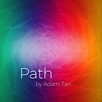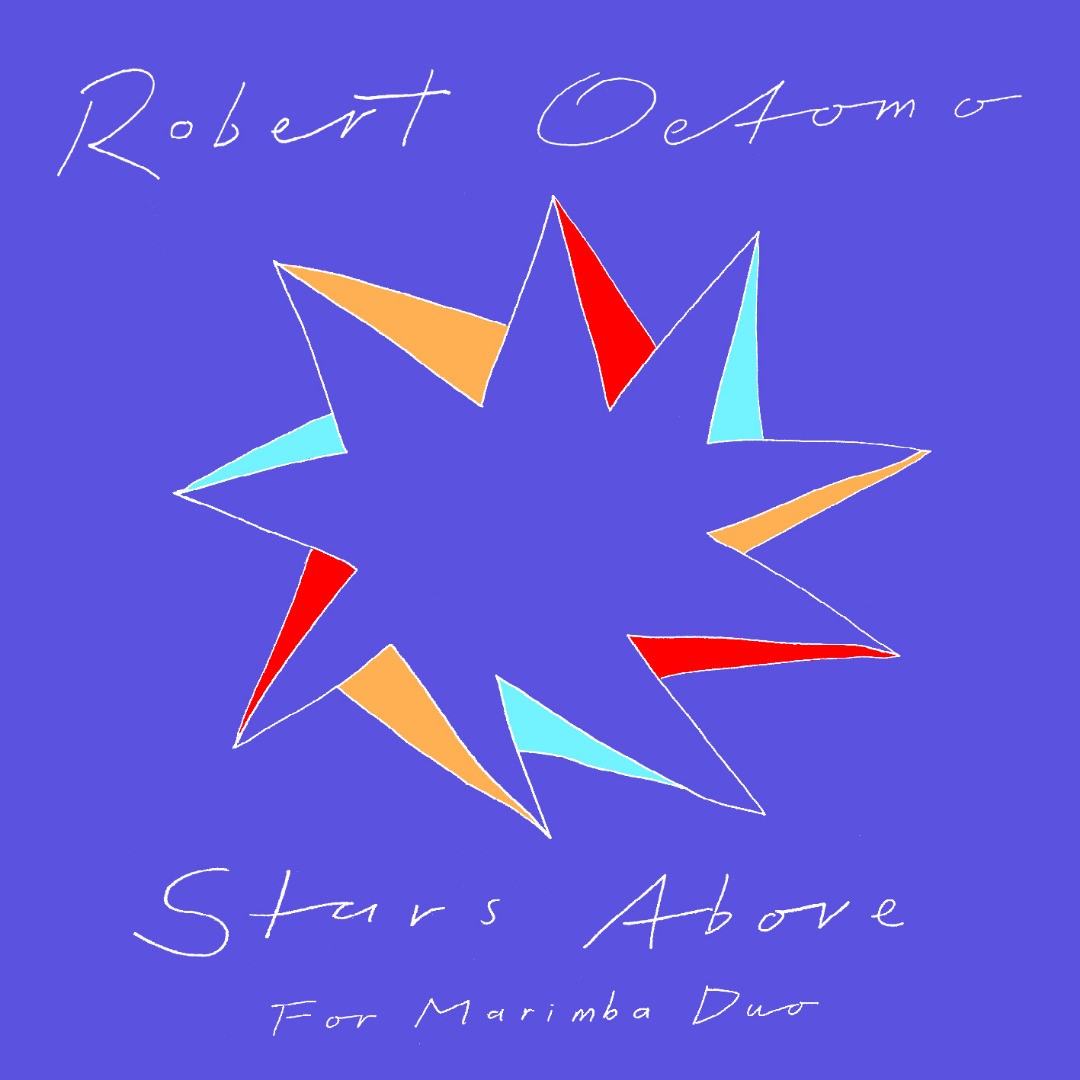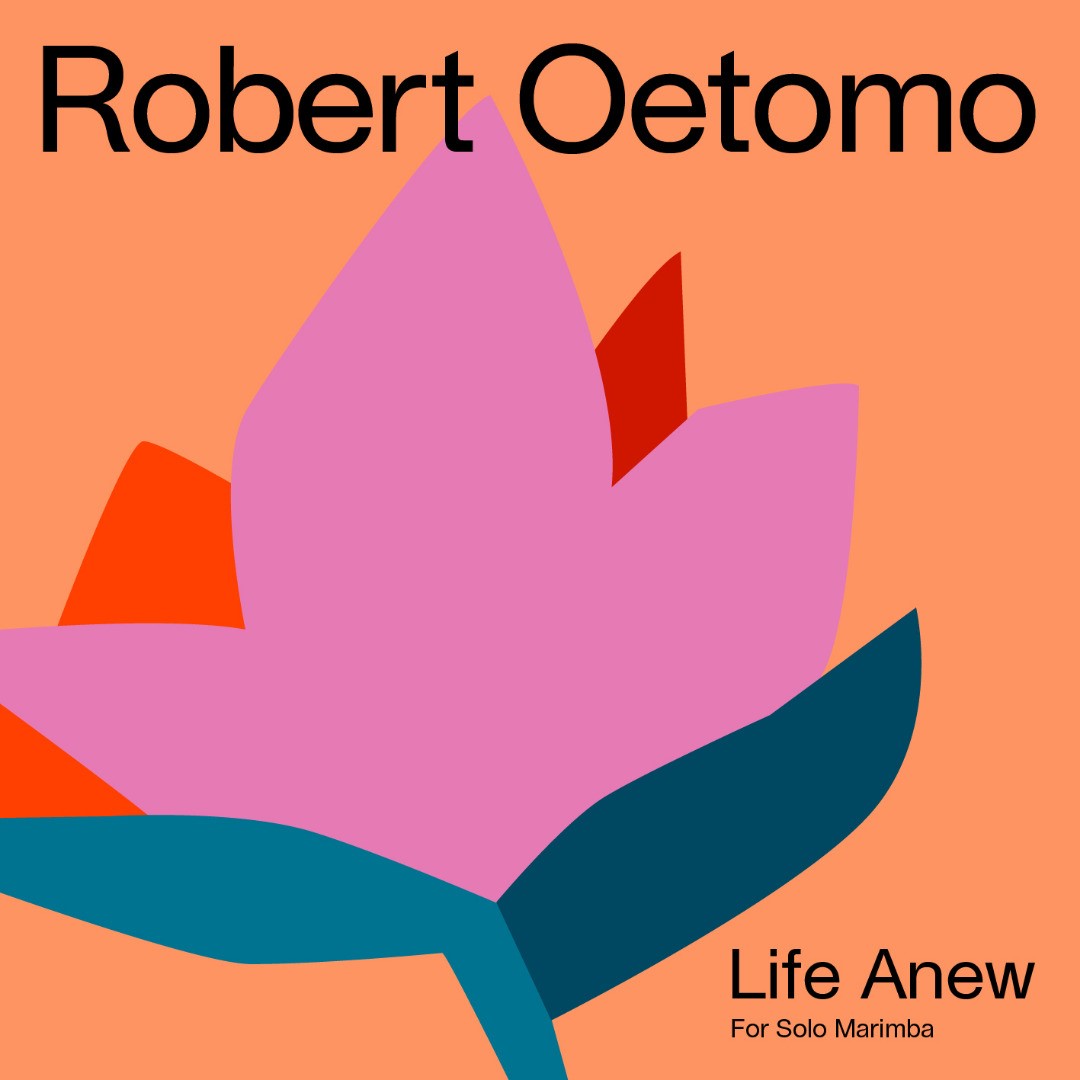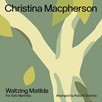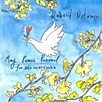
Three Chorales (vol. 1)
Composer: Robert Oetomo
Instrument: Marimba
Level: Intermediate
Published: 2012
Price: €16.00
Item details
-
Description +
-
Duration: 15 min.
Three Chorales (vol. 1) is a collection of my earliest works for solo marimba. The chorales were composed in three consecutive years from 2008 to 2010. They were conceived as an experiment to explore the different colours of the 5-octave marimba in the low to middle registers, but also with technical challenges intended.
Amy is the first of three chorales composed in 2008. It was a gift for a good friend of mine, Amy Putt, whom the work is also dedicated to. The work is in three sections; A, B, A followed by a codetta. I have created and used a system to match the English alphabet (26 letters) with the pitches used in western classical music notation. Section ‘A’ is based on her first name and section ‘B’ is based on her last name.
Composed in 2009, Timeless Sorrow is an expression of my emotions going through a difficult time in my life. The opening harmonic progression was inspired by the first movement of Tchaikovsky’s Symphony No. 5 in e minor, Op. 64 . The funeral march feel to the work reflects aspects of Mahler’s symphonic writing. In a way, the harmonic writing of this chorale is quite symphonic due to the inspirations that were drawn by for this work.
Postlude (An Aftermath) is the last of three chorales composed in 2010. The original instrumentation of the work is for orchestra, composed for the final scene of my chamber opera. The final scene of the chamber opera is of a male contemplating taking his own life away in his bedroom, and finally doing so. The reoccurring theme gives the feeling of slight hope, false hope, and eventually hopelessness. All notes (except for notes with tenuto in Amy) are to be rolled with soft mallets.
-
-
Instrumentation +
-
Marimba (5-octave)
-
-
Watch+
-
About the composer +
-
Indonesian-born Australian percussionist and composer Robert Oetomo (b. 1988) studied his Master of Music (Künstlerische Ausbildung) degree in performance at the Staatliche Hochschule für Musik und Darstellende Kunst Mannheim, where he received highest distinction for his final graduation recital in 2014. He completed his Bachelor of Music (Performance) Honours Class I at the Sydney Conservatorium of Music, Australia in 2010. His previous teachers include Professor Dennis Kuhn, Jasmin Kolberg, Claire Edwardes, Daryl Pratt, Richard Miller and Gary Wain. He has accumulated many national and international awards including third prize in the Vibraphone category of the 9th Percussive Arts Society Italy International Percussion Competition in 2011, the ‘Just Percussion Marimba Prize’ at the Australian Percussion Gathering (APG) 2010, first prize in both the Open Marimba and Open Vibraphone categories of the 2010 Australian Percussion Eisteddfod and second prize at the 2008 Melbourne Symphony Orchestra Snare Drum Award. He also won the 2010 Sydney Conservatorium Percussion Concerto Competition, and was finalist in the 2012 Yamaha Music Foundation Europe Scholarship Competition.
A versatile percussionist, Robert has performed with different orchestras and ensembles including the Australian Opera and Ballet Orchestra, the Württembergisches Kammerorchester Heilbronn, the Kurpfälzischen Kammerorchester Mannheim, the Australian Youth Orchestra, Synergy Percussion and Mannheimer Schlagwerk. He presented his paper, ‘The Transcription of J. S. Bach’s Unaccompanied Cello Suites for the Modern Marimba,’ at APG 2010 Symposium ‘Moving Ground – The Changing Face of Percussion’. Robert was invited to perform his work, The Legend of the Golden Snail, at the Gala Concert of APG 2010, performing with highly acclaimed percussionists including Steve Schick, Sylvio Gualda and Kuniko Kato.
As a composer, Robert passionately advocates the development of percussion music. He has composed numerous works for percussion which have been performed all over the world. His first symphonic work, Spirit of The Dreaming with solo didgeridoo, was premiered at the ‘2008 Aurora Music Festival’ in Sydney, Australia. Later that year, it was performed again with renowned didgeridoo soloist, William Barton. Robert was selected for the 2010 Ku-Ring-Gai Philharmonic Orchestra Composers' Workshop program during which he composed his new orchestral work, Reflections on an Island’s Landscape, under the mentorship of composer Nigel Butterley and John Peterson. His works are published by Edition Svitzer and Tapspace Publications. Robert is an Encore Mallets, Inc. endorser.
-
-
Reviews +
-
Review (Percussive Notes, March 2013)
It is interesting to see the progression of this young composer through these three chorales that are intended to “explore the colours of the 5-octave marimba in the low to middle registers.” Created a year apart from one another, the distinct mood of each is paired with thoughtful compositional inspiration. While chorales present unique technical challenges, such as achieving a smooth, sustained quality, the biggest obstacle for most will be gaining comfort with the interval of a ninth in the left hand.
The first chorale, “Amy,” is centered in A major. Thematic material was developed by a system pairing letters in the English alphabet to the pitches used in western notation. This expressive chorale is more uplifting than the others. Consisting almost entirely of rolls, I am reminded of Emmanuel Sejourne’s “Nancy” at times. Changing to a darker character, the second chorale, “Timeless Sorrow,” is more regular in rhythmic and metric structure. This allows the harmonic progression, inspired by Tchaikovsky, to stand out.
Originally scored for chamber opera, the final chorale, “Postlude: An Aftermath,” deals with the tragedy of suicide. Performers will have little difficulty interpreting the character, as the composer includes very descriptive expression markings such as “With despair and devastation, extremely desolate,” “With tension,” “A sense of false hope,” and “Much slower.” With each chorale containing 50 measures or less, advanced marimbists can use this collection as a quick way to refine their chorale playing.
—Darin Olson
-
-
Credits +
-
Front Cover graphics and layout: Evi O. (www.evi-o.com)
Photo: Hari Oetomo
Engraving: Robert Oetomo & Johan Svitzer
Printed in Copenhagen, Denmark
Copyright © Edition SVITZER
www.editionsvitzer.com
-
